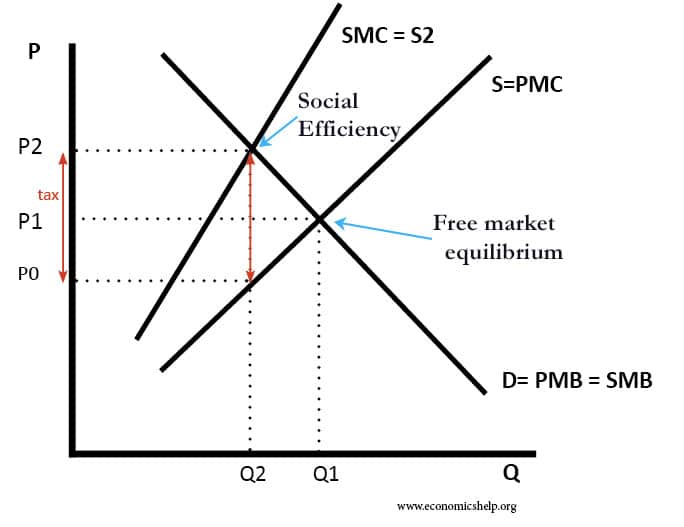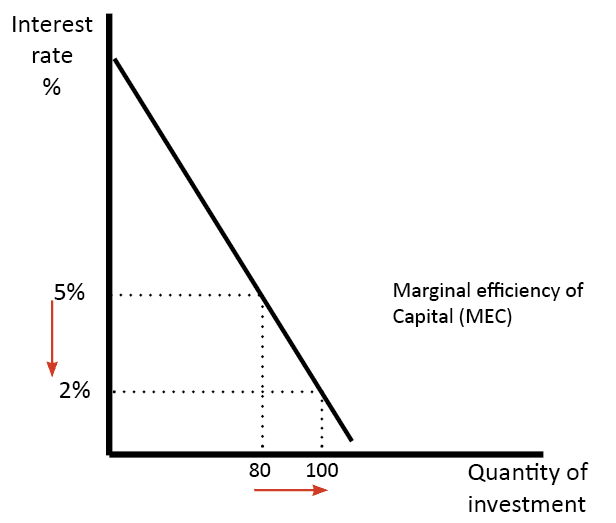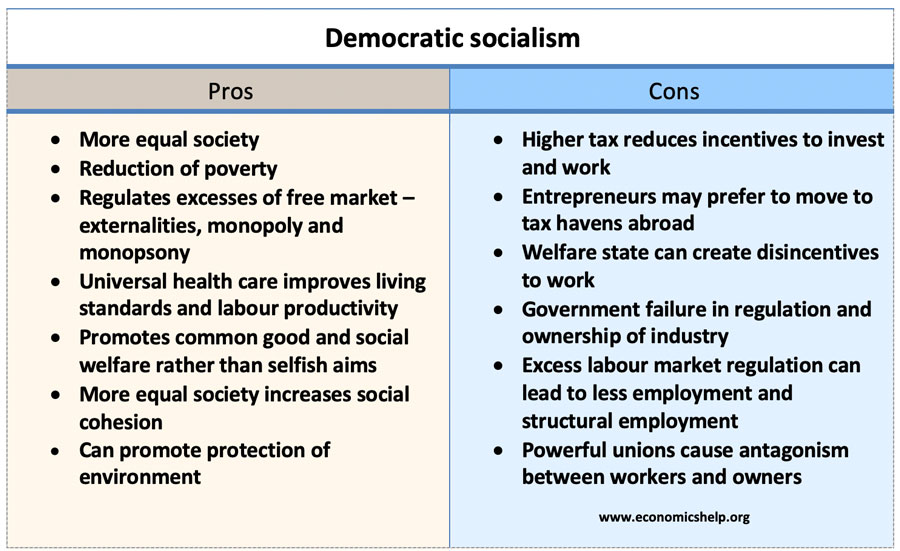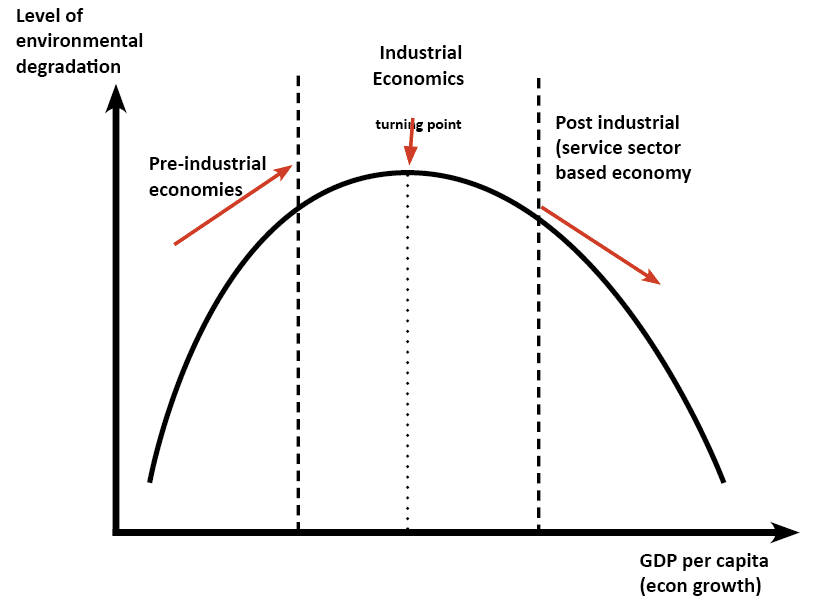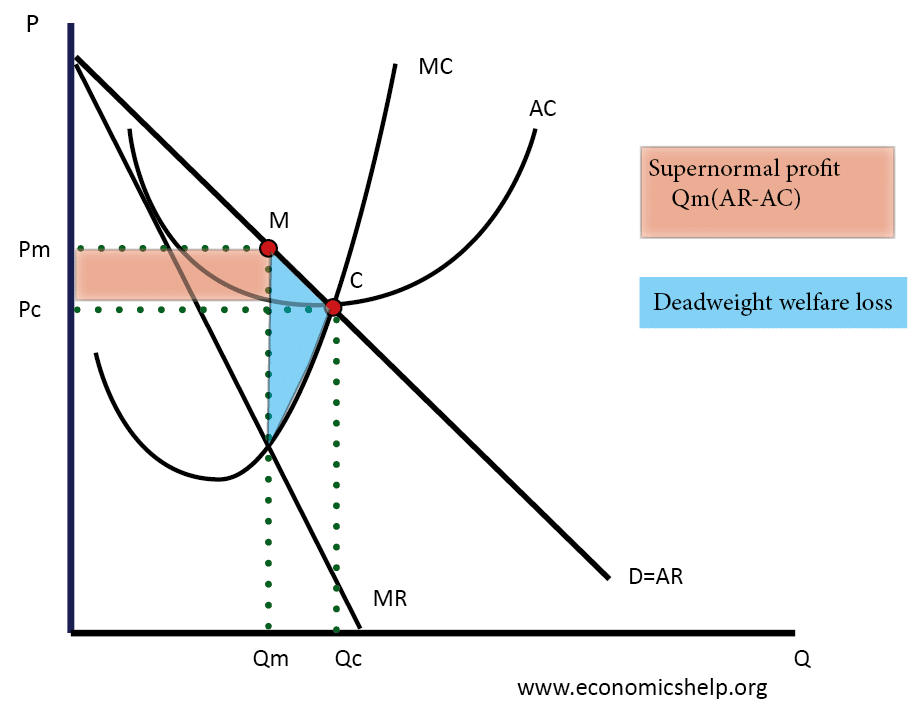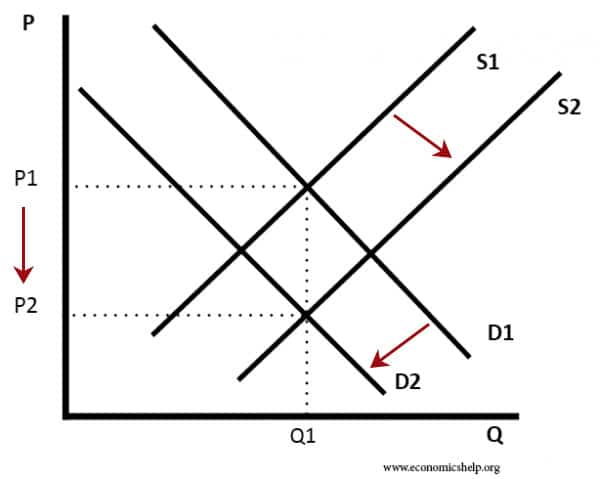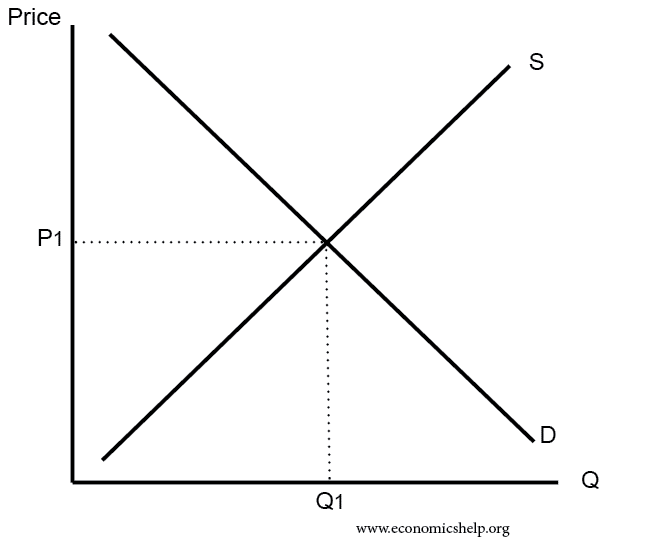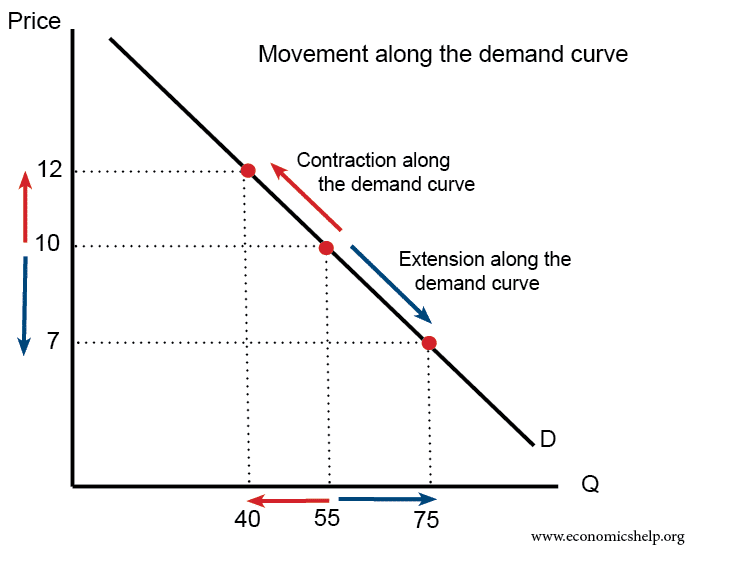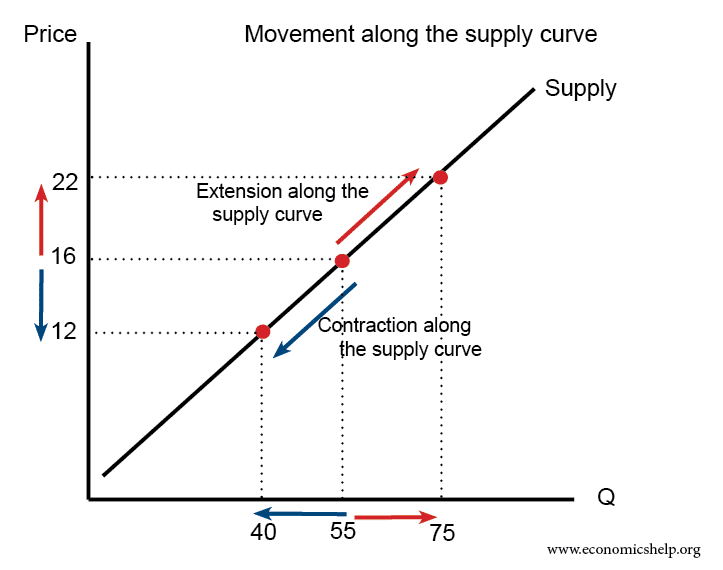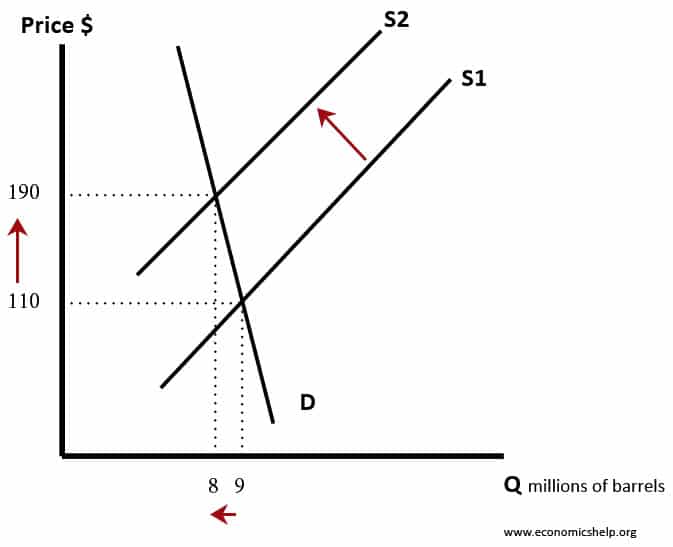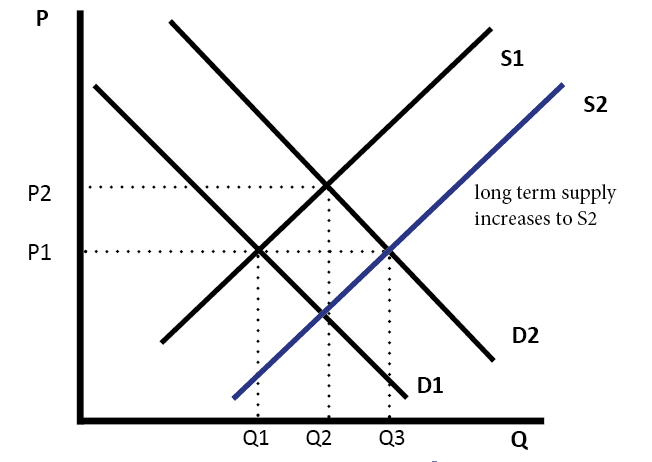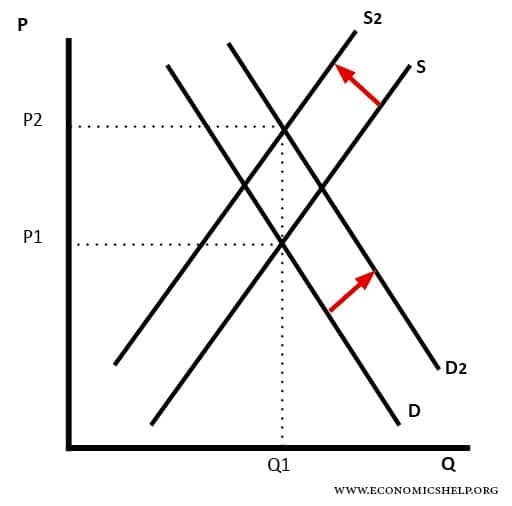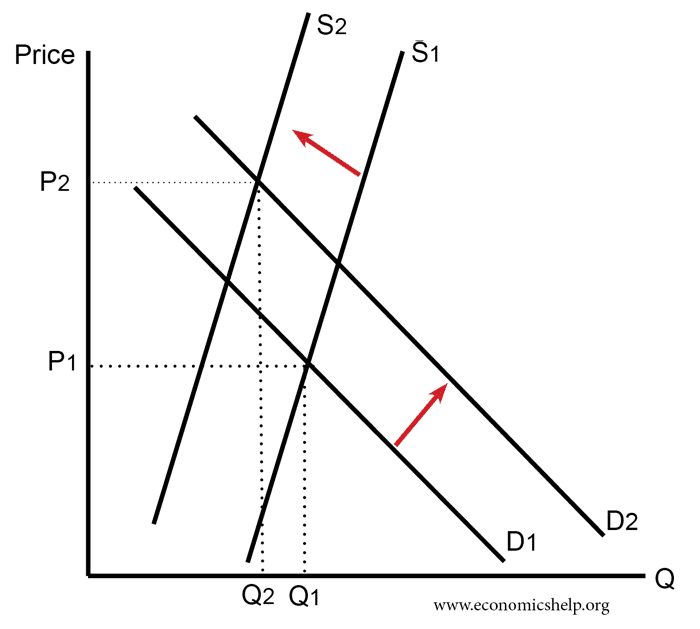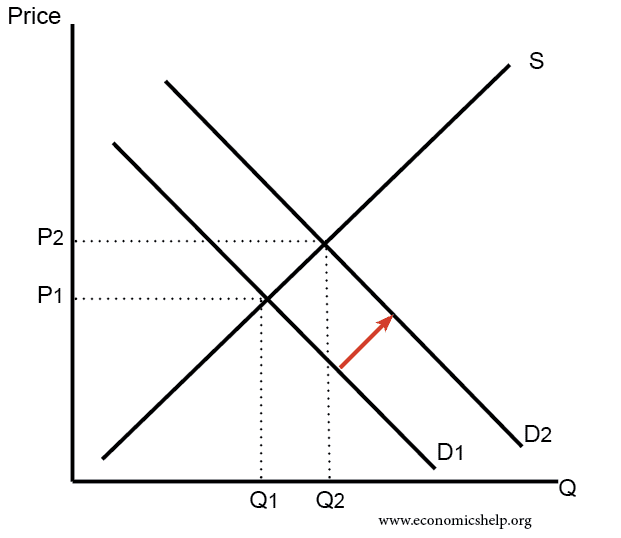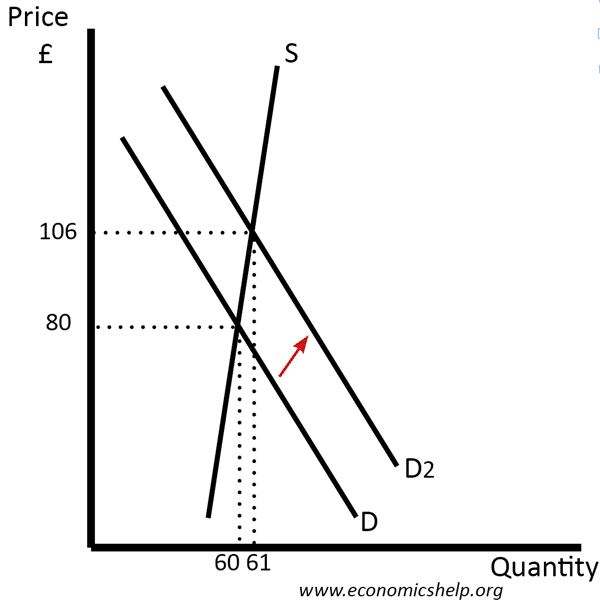Different models of economic growth stress alternative causes of economic growth. The principal theories of economic growth include:
- Mercantilism – Wealth of a nation determined by the accumulation of gold and running trade surplus
- Classical theory – Adam Smith placed emphasis on the role of increasing returns to scale (economies of scale/specialisation)
- Neo-classical-theory – Growth based on supply-side factors such as labour productivity, size of the workforce, factor inputs.
- Endogenous growth theories – Rate of economic growth strongly influenced by human capital and rate of technological innovation.
- Keynesian demand-side – Keynes argued that aggregate demand could play a role in influencing economic growth in the short and medium-term. Though most growth theories ignore the role of aggregate demand, some economists argue recessions can cause hysteresis effects and lower long-term economic growth.
- Limits to growth – From an environmental perspective, some argue in the very long-term economic growth will be constrained by resource degradation and global warming. This means that economic growth may come to an end – reminiscent of Malthus theories.
Theories in more detail
Mercantilism
Popular at the start of the industrial revolution, Mercantilism isn’t really a theory of economic growth but argued that a country could be made better off by seeking to accumulate gold and increasing exports.
Classical model
Developed by Adam Smith in Wealth of Nations (1776), Smith argued there are several factors which enable increased economic growth
- Role of markets in determining supply and demand
- The productivity of labour. Smith argued income per capita was determined by “the state of the skill, dexterity, and judgment with which labour is applied in any nation” (Wealth of Nations I.6)
- Role of trade in enabling greater specialisation.
- Increasing returns to scale – e.g. specialisation we see in modern factories and the economies of scale of increased production
Ricardo and Malthus developed the classical model. This model assumed technological change was constant and increasing inputs could lead to diminishing returns. This led to the gloomy predictions of Malthus – that the population would grow faster than the world’s capacity to feed itself. Malthus under-predicted the capacity of technological improvements to increase food yields.
Neo-Classical model of Solow/Swan
The neo-classical theory of economic growth suggests that increasing capital or labour leads to diminishing returns. Therefore, increasing capital has only a temporary and limited impact on increasing the economic growth. As capital increases, the economy maintains its steady-state rate of economic growth.
To increase the rate of economic growth in the Solow/Swan model we need:
- An increase in proportion of GDP that is invested – however, this is limited as higher proportion of investment leads to diminishing returns and convergence on the steady-state of growth
- Technological progress which increases productivity of capital/labour

